Table of Contents
- Shetland Sheepdog Overview
- Origin & History
- Appearance & Breed Standard
- Temperament & Personality
- Shetland Sheepdog Puppies: Socialization & Training
- Grooming & Care
- Health & Preventive Care
- Training, Exercise & Daily Life
- Nutrition & Weight Management
- Frequently Asked Questions
- Conclusion
- Shetland Sheepdog Factsheet
Shetland Sheepdog Overview
The Shetland Sheepdog, affectionately called the “Sheltie,” hails from the rugged Shetland Islands of Scotland. Originally bred as a sheep herding dog, the Sheltie is known for its intelligence, agility, and endurance. Today, it’s celebrated as a loyal family companion that combines elegance with a gentle nature and eagerness to please. With its striking coat, sharp mind, and friendly personality, the Sheltie is a great fit for active families and dog sport enthusiasts alike.

Origin & History
The Sheltie’s roots trace back to the Shetland Islands, where small, hardy dogs were needed to thrive in harsh conditions. Crossbreeding with Collies shaped today’s modern Shetland Sheepdog. Official recognition came in the early 20th century, and since then, the Sheltie has become a beloved family dog, companion, and one of the most intelligent herding breeds worldwide.
Appearance & Breed Standard
Shelties are medium-sized, elegant dogs with a luxurious double coat and alert expression.
- Height: 13–16 inches (33–41 cm)
- Weight: 14–26 lbs (6–12 kg)
- Coat: Long, dense, weather-resistant double coat
- Colors: sable-white, tricolor, blue merle, black-white
- Features: upright ears, slim build, bushy tail, bright almond-shaped eyes
Temperament & Personality
Shetland Sheepdogs are intelligent, sensitive, and deeply loyal. They thrive on close bonds with their families and are often reserved with strangers, though never aggressive. As a herding breed, they have strong instincts, high trainability, and remarkable focus. Playful and affectionate, Shelties excel in activities like agility, obedience, and rally sports.
Shetland Sheepdog Puppies: Socialization & Training
Sheltie puppies are curious yet sensitive. Early training and gentle consistency are key to raising a confident adult dog.
- Socialization: Expose puppies early to people, dogs, and everyday noises.
- Training: Positive reinforcement with treats and praise works best.
- Basic commands: Sit, stay, recall, and impulse control are crucial foundations.
- With children: Shelties are family-friendly but need clear rules to avoid overstimulation.

Grooming & Care
The Sheltie’s long coat requires regular brushing several times a week to stay clean and tangle-free. During shedding season, more intensive grooming is needed. While adaptable to both apartments and houses, Shelties need plenty of exercise and mental stimulation. A fenced yard is recommended, as their herding instincts can make them wander.
Health & Preventive Care
Shelties are generally healthy but have some breed-specific concerns:
- Eye conditions (CEA, PRA)
- Hip dysplasia (rare but possible)
- Epilepsy in certain lines
- Sensitivity to some medications (MDR1 gene mutation)
With responsible breeding and regular vet check-ups, Shelties enjoy a lifespan of 12–14 years.
Training, Exercise & Daily Life
Shelties thrive when both body and mind are engaged. They love to learn and need structured activities.
- Everyday training: Focus on leash walking, recall, and basic commands.
- Activities: Agility, trick training, scent work, and fetch are perfect for this breed.
- Social life: Regular playdates or group classes help balance their sometimes shy nature.
- Safety: Use a secure dog collar and strong leash for daily walks.
Nutrition & Weight Management
A high-quality, protein-rich diet helps maintain a Sheltie’s energy and coat health. Their weight should be checked regularly, as the breed is prone to obesity. Treats should be used as training rewards and balanced with daily meals.
Frequently Asked Questions
Are Shelties good for first-time dog owners?
Yes – if the owner is patient, consistent, and enjoys training.
Do Shelties bark a lot?
Yes, they tend to be vocal watchdogs, but this can be managed with proper training.
Can Shelties be off-leash?
Only with a very reliable recall and in safe areas, as their herding drive is strong.
Conclusion
The Shetland Sheepdog is a loyal, intelligent, and playful breed that thrives in active households. With proper training, grooming, and mental stimulation, the Sheltie makes an excellent family dog and canine sport partner. Gentle yet energetic, this charming herding dog offers companionship and devotion for years to come.

Shetland Sheepdog Factsheet
| Origin | Shetland Islands, Scotland |
| Height | 13–16 inches (33–41 cm) |
| Weight | 14–26 lbs (6–12 kg) |
| Coat | Long, dense, weather-resistant double coat |
| Colors | sable-white, tricolor, blue merle, black-white |
| Temperament | intelligent, sensitive, loyal, playful |
| Exercise Needs | high – daily walks and training |
| Grooming | moderate – frequent brushing, more during shedding |
| Health | prone to eye conditions, MDR1 drug sensitivity |
| For Beginners | suitable with patience and training commitment |
| Lifespan | 12–14 years |


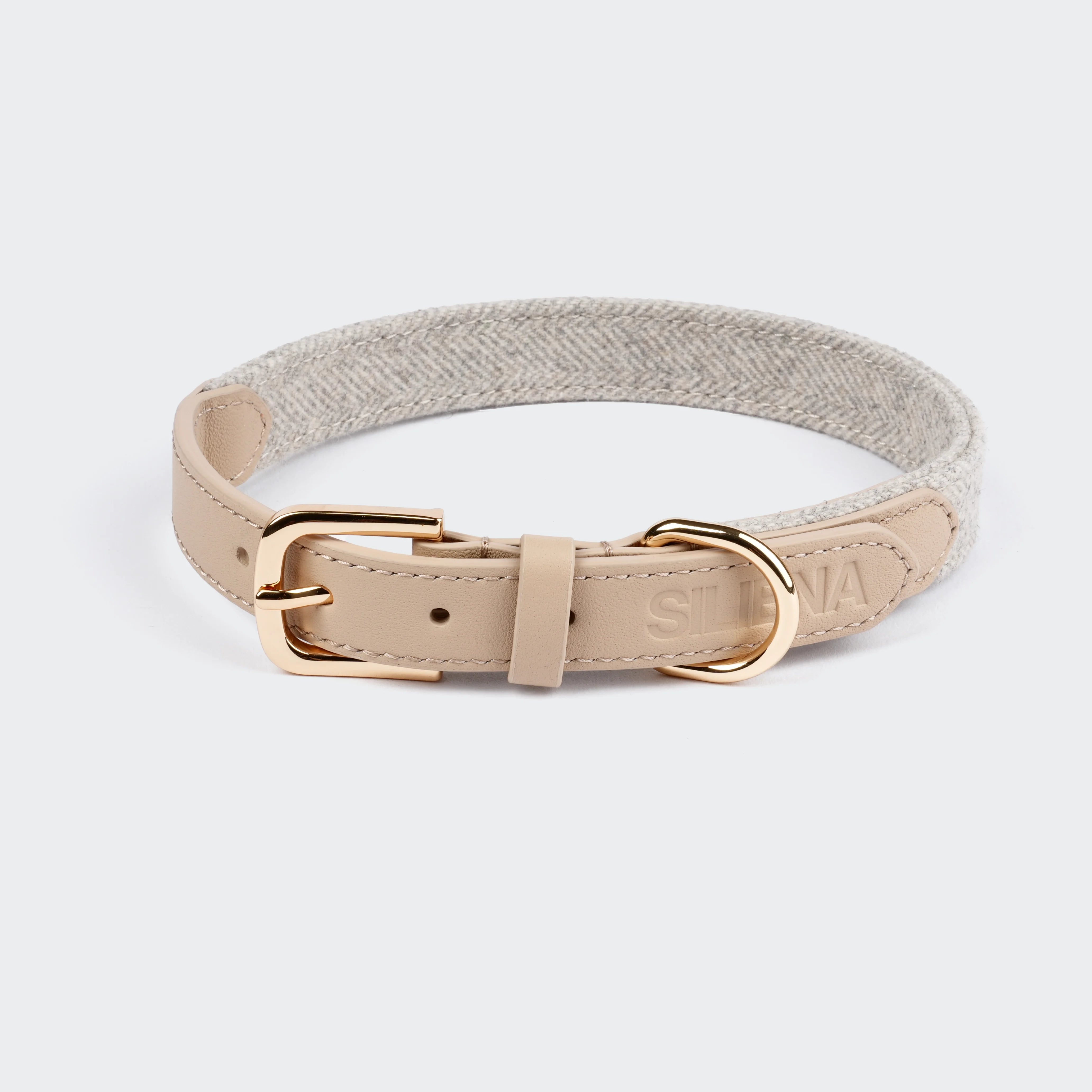
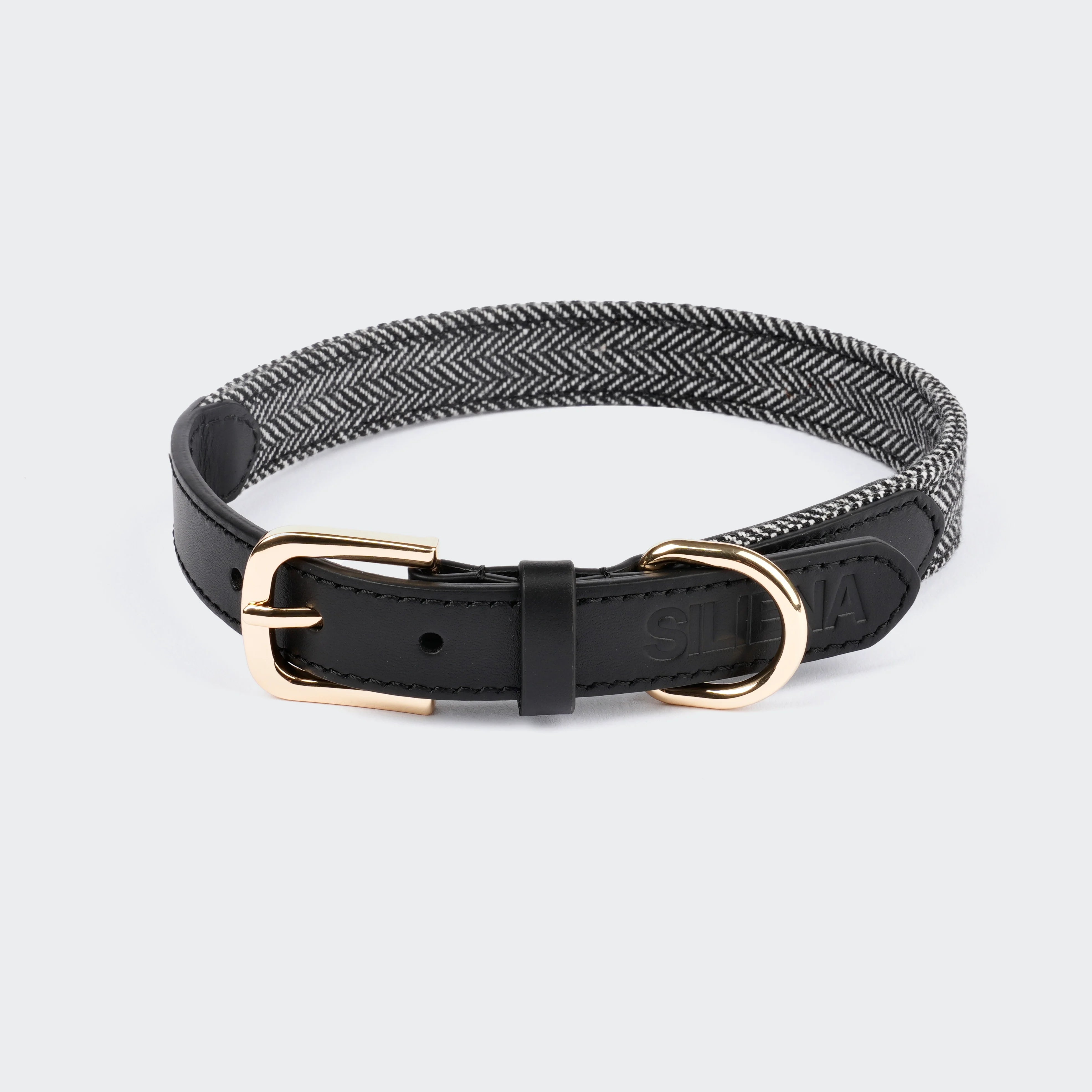
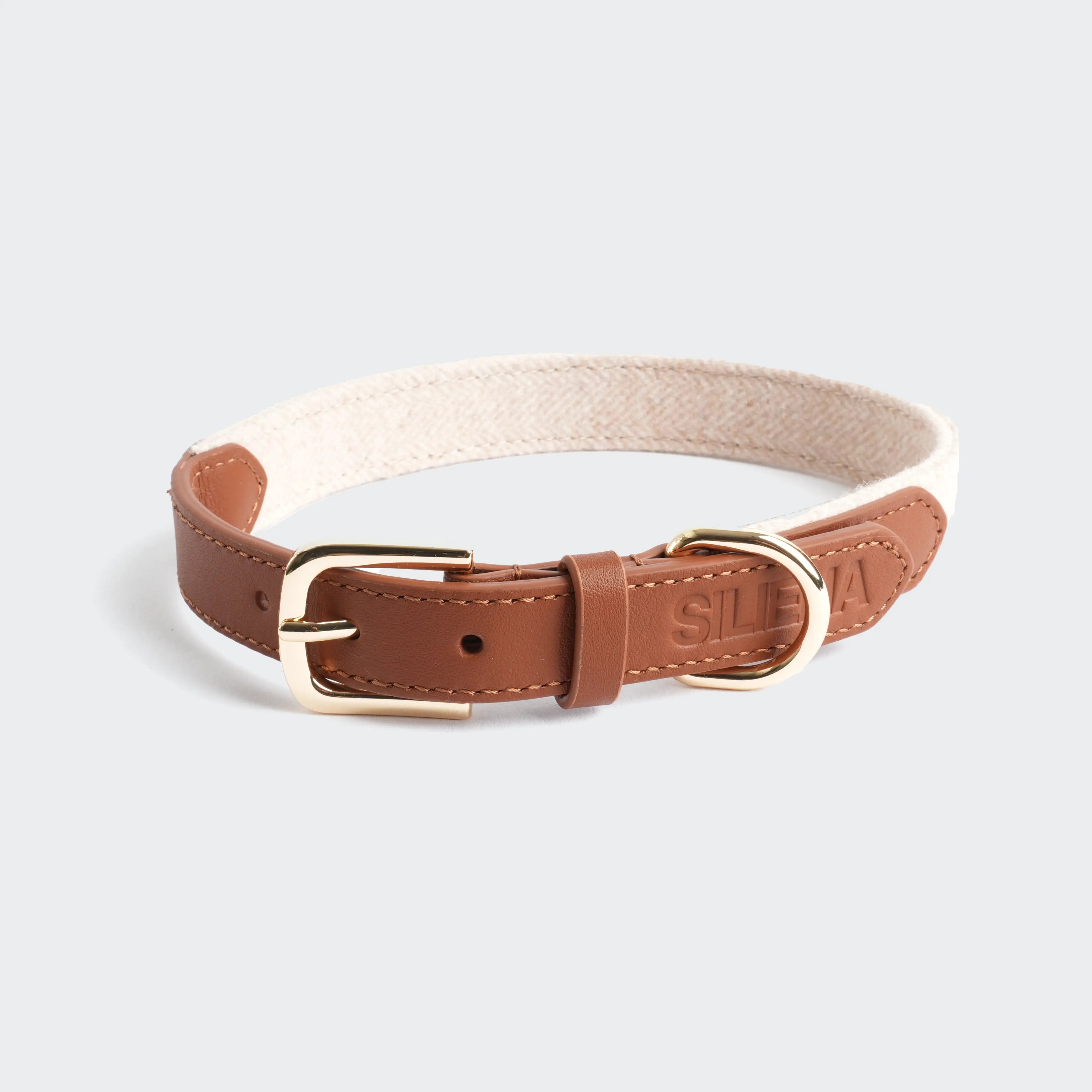
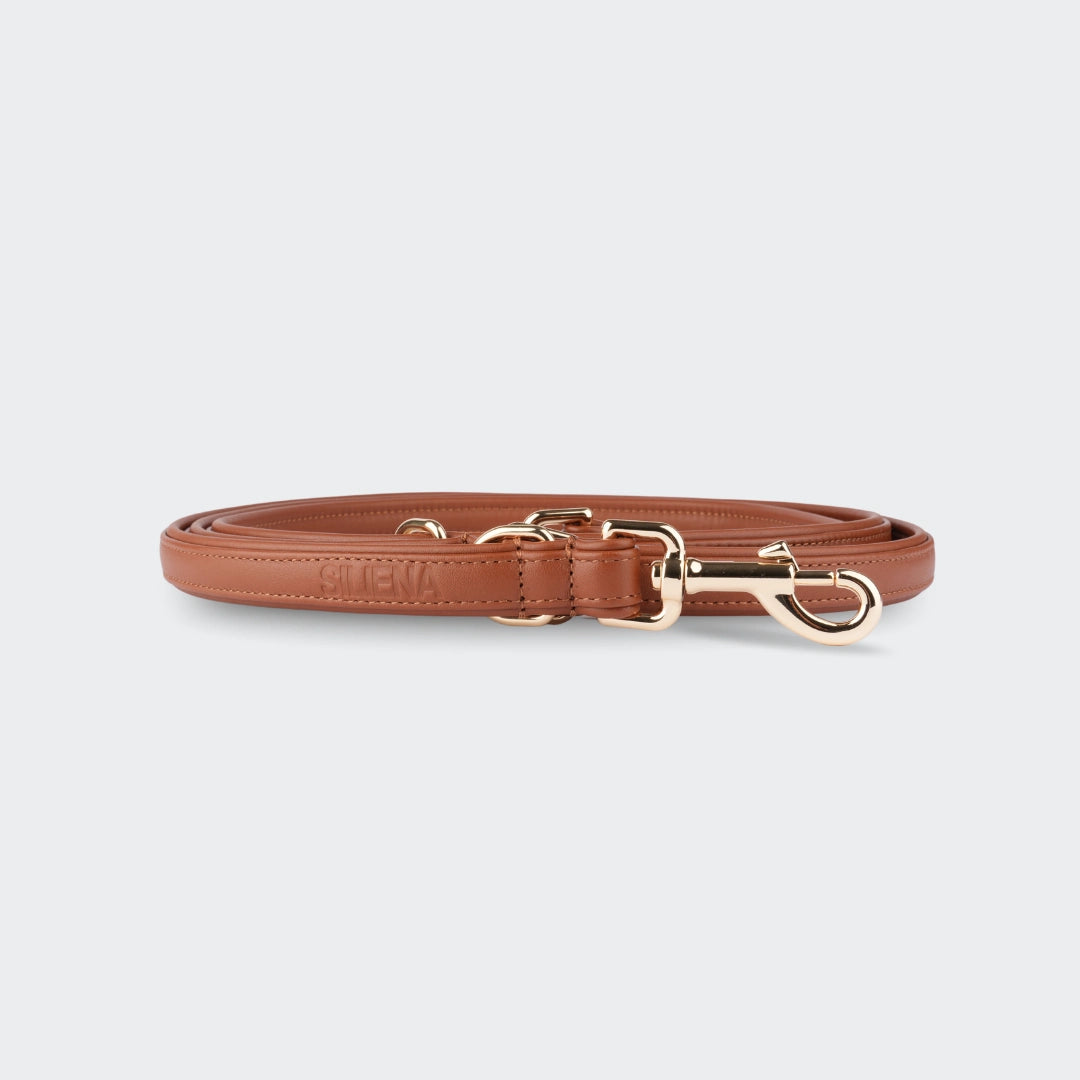
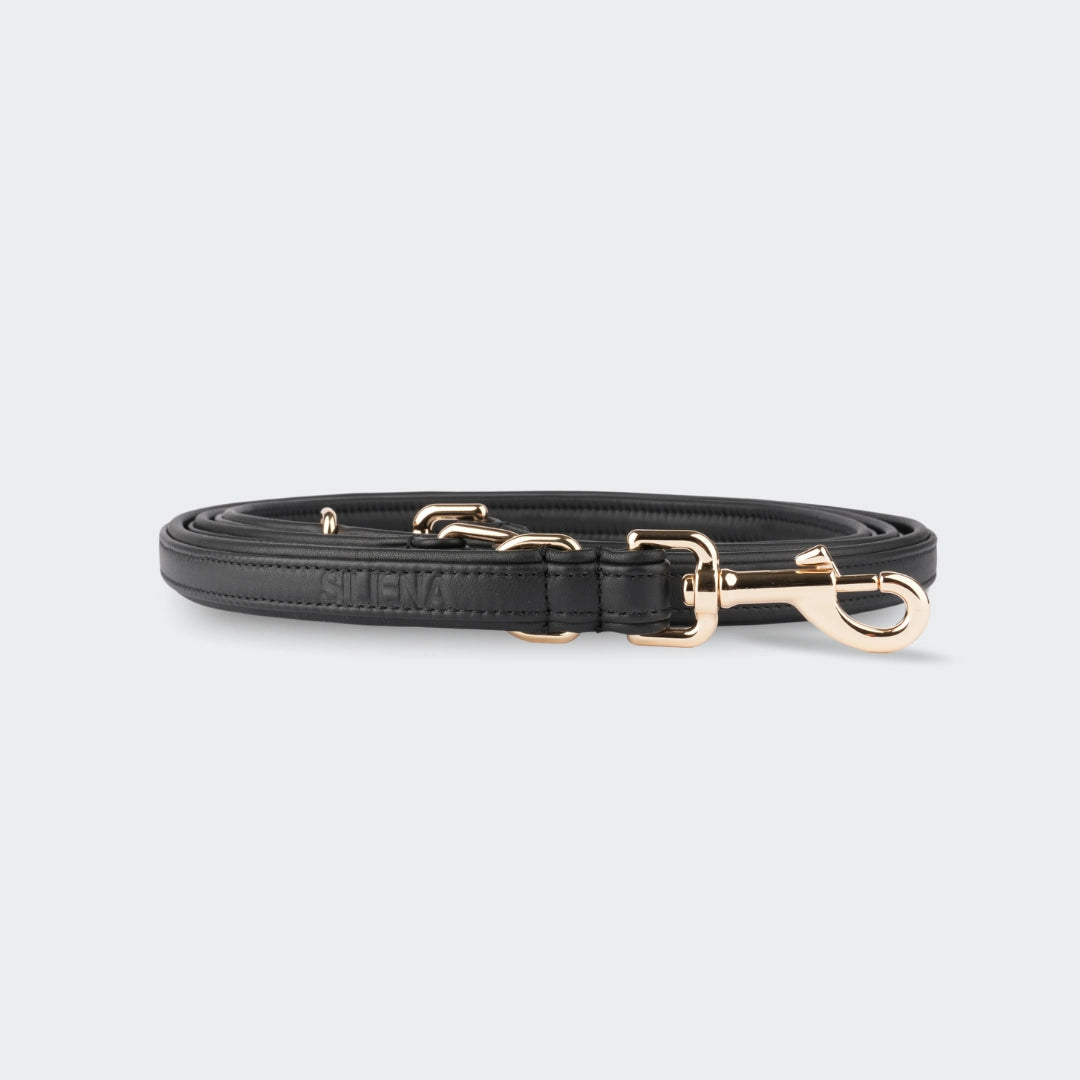
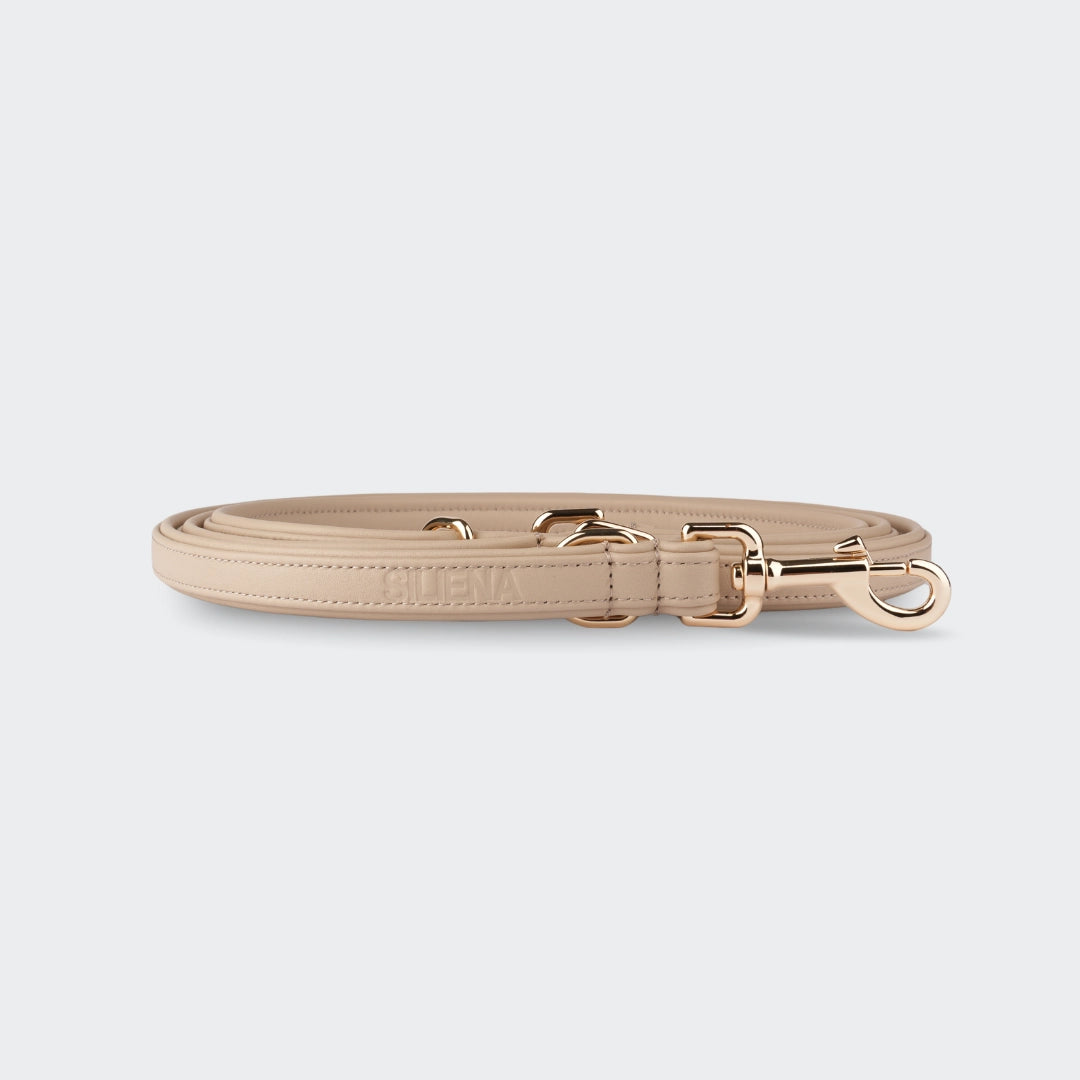
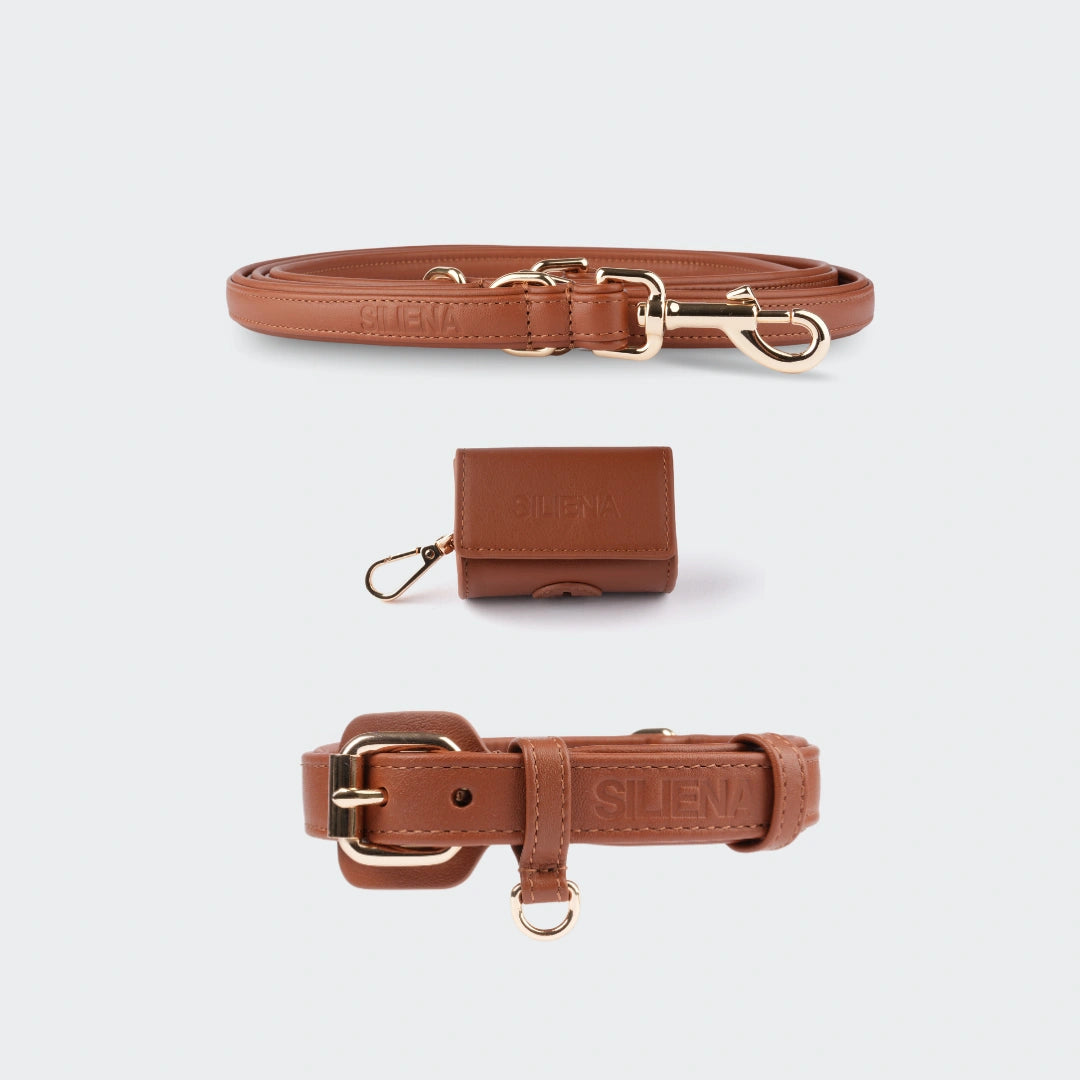
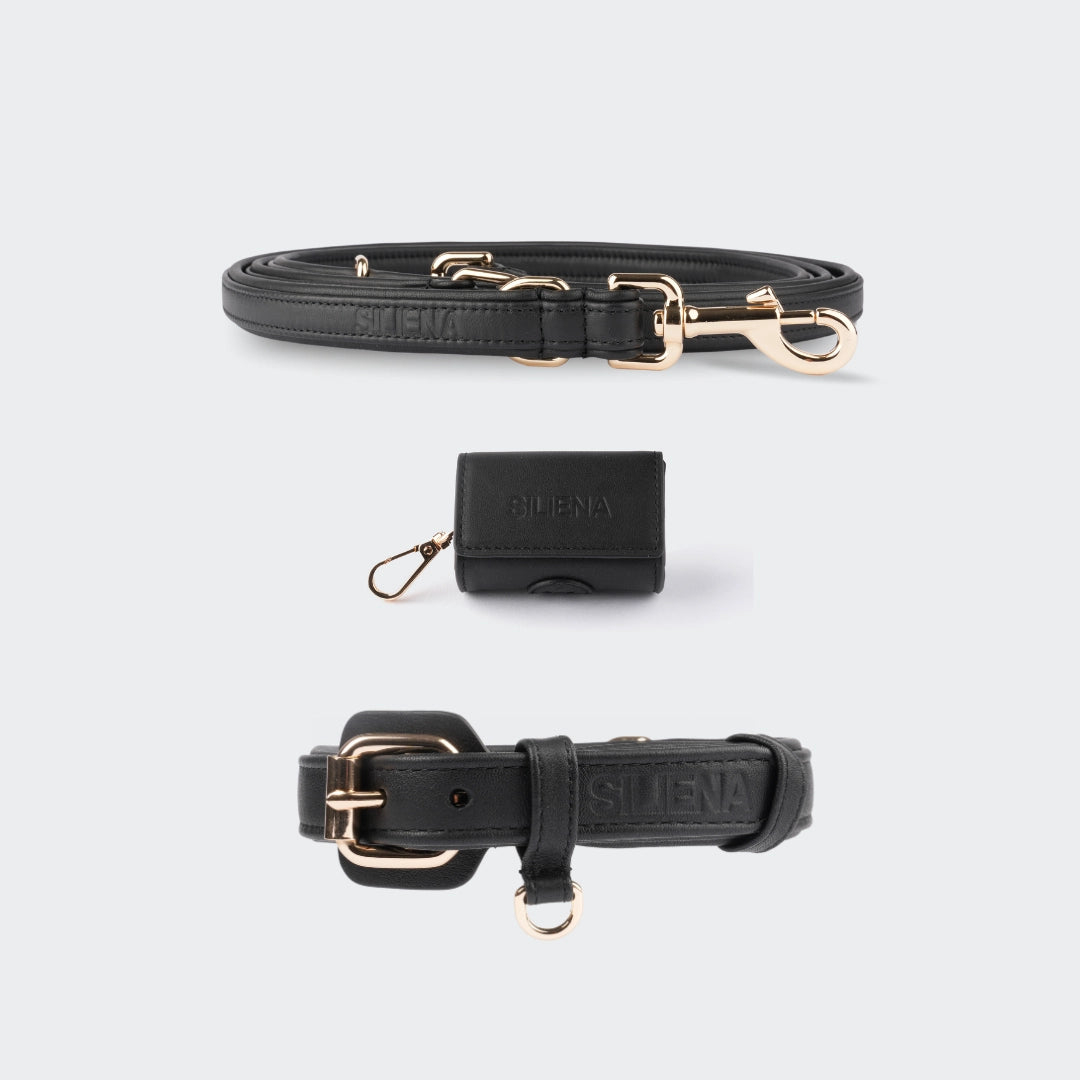
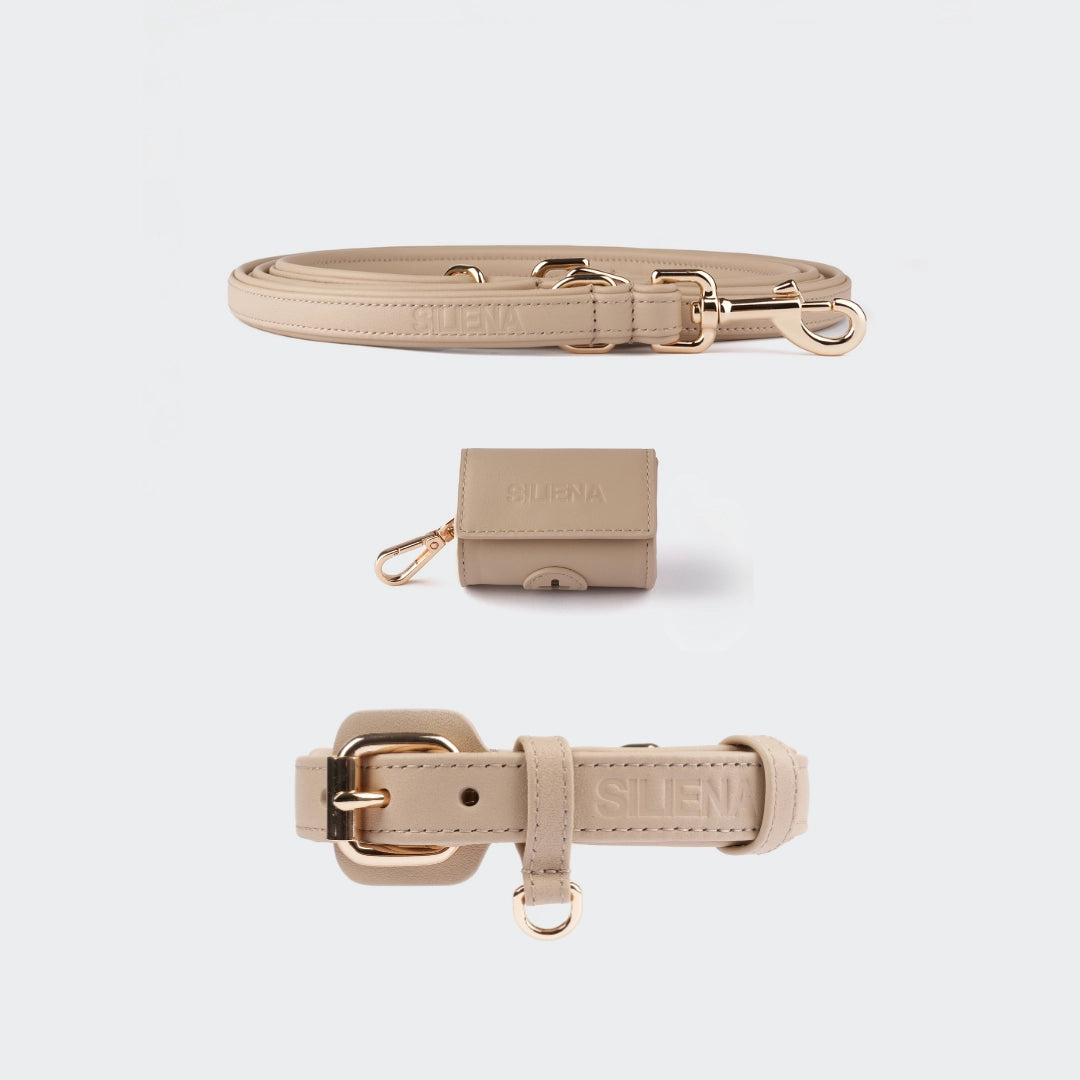
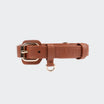
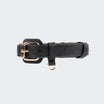

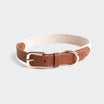
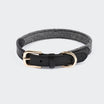


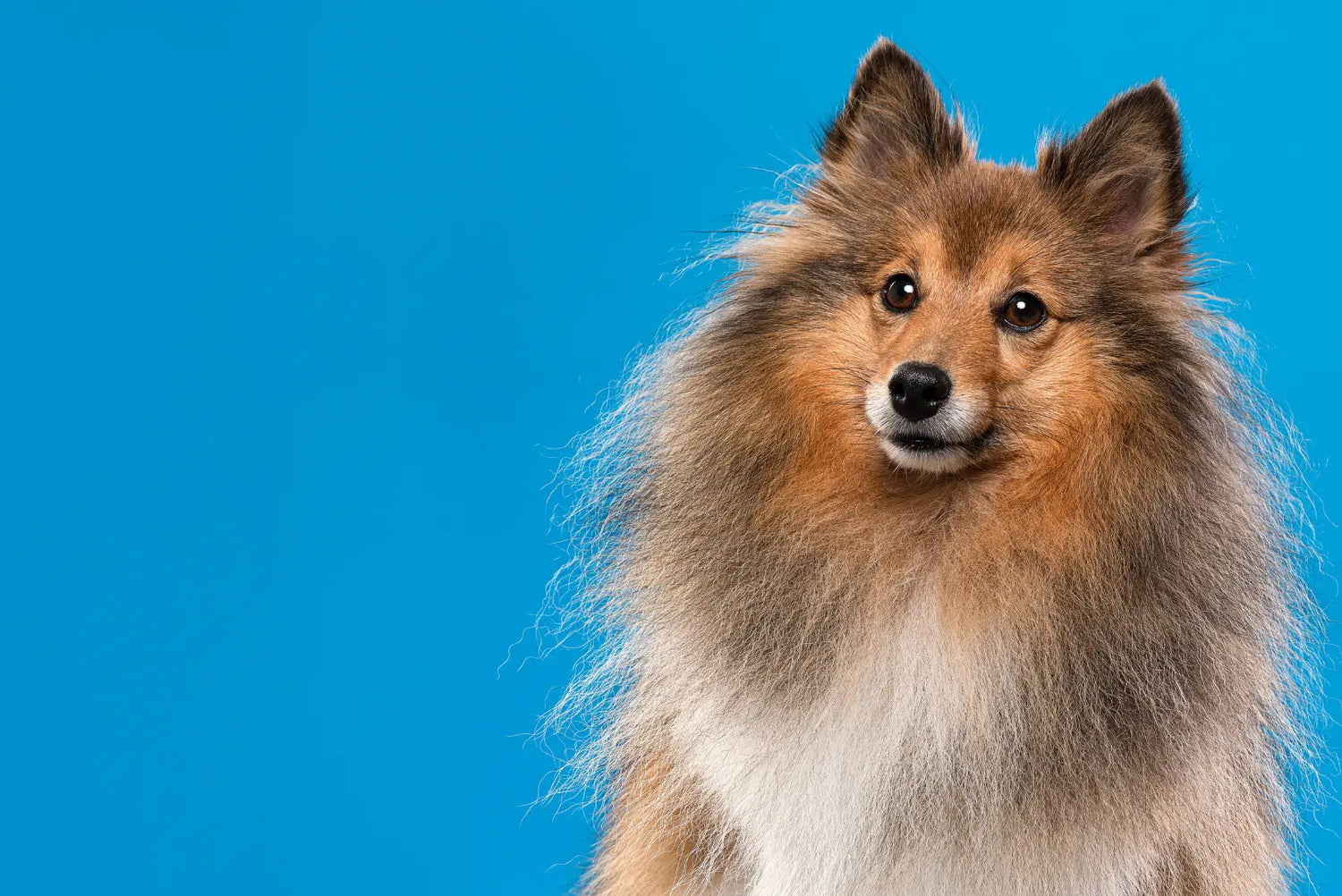
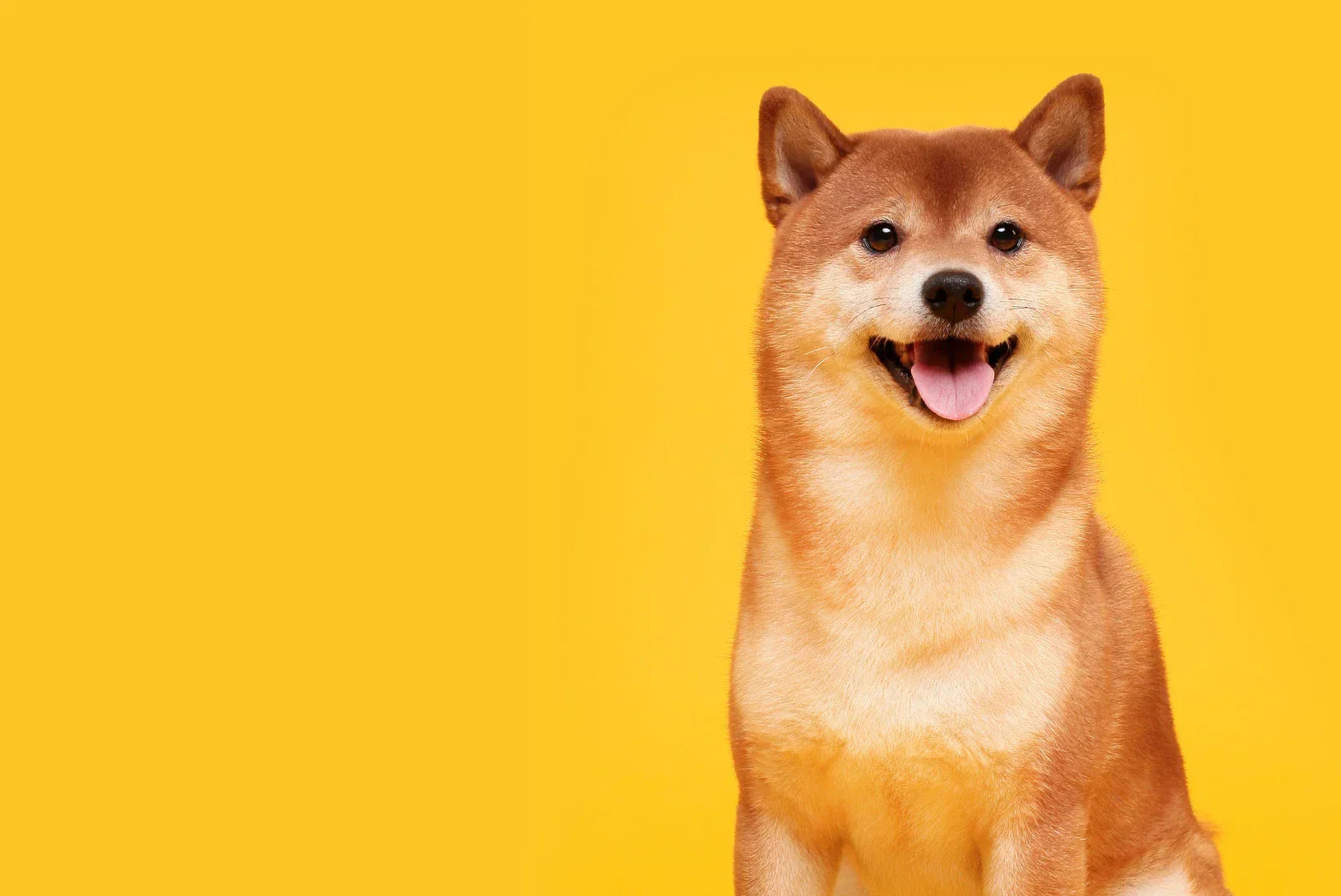
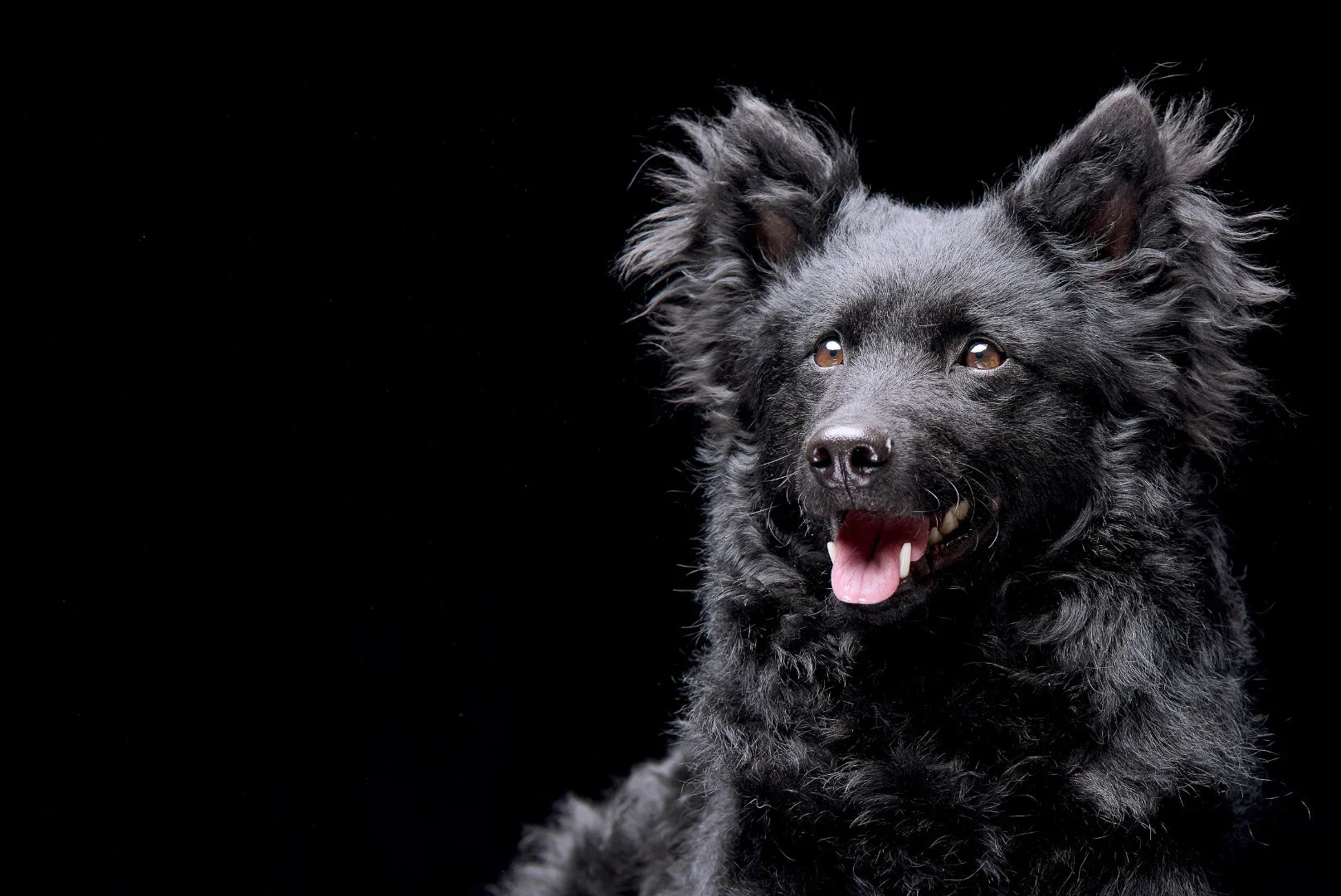


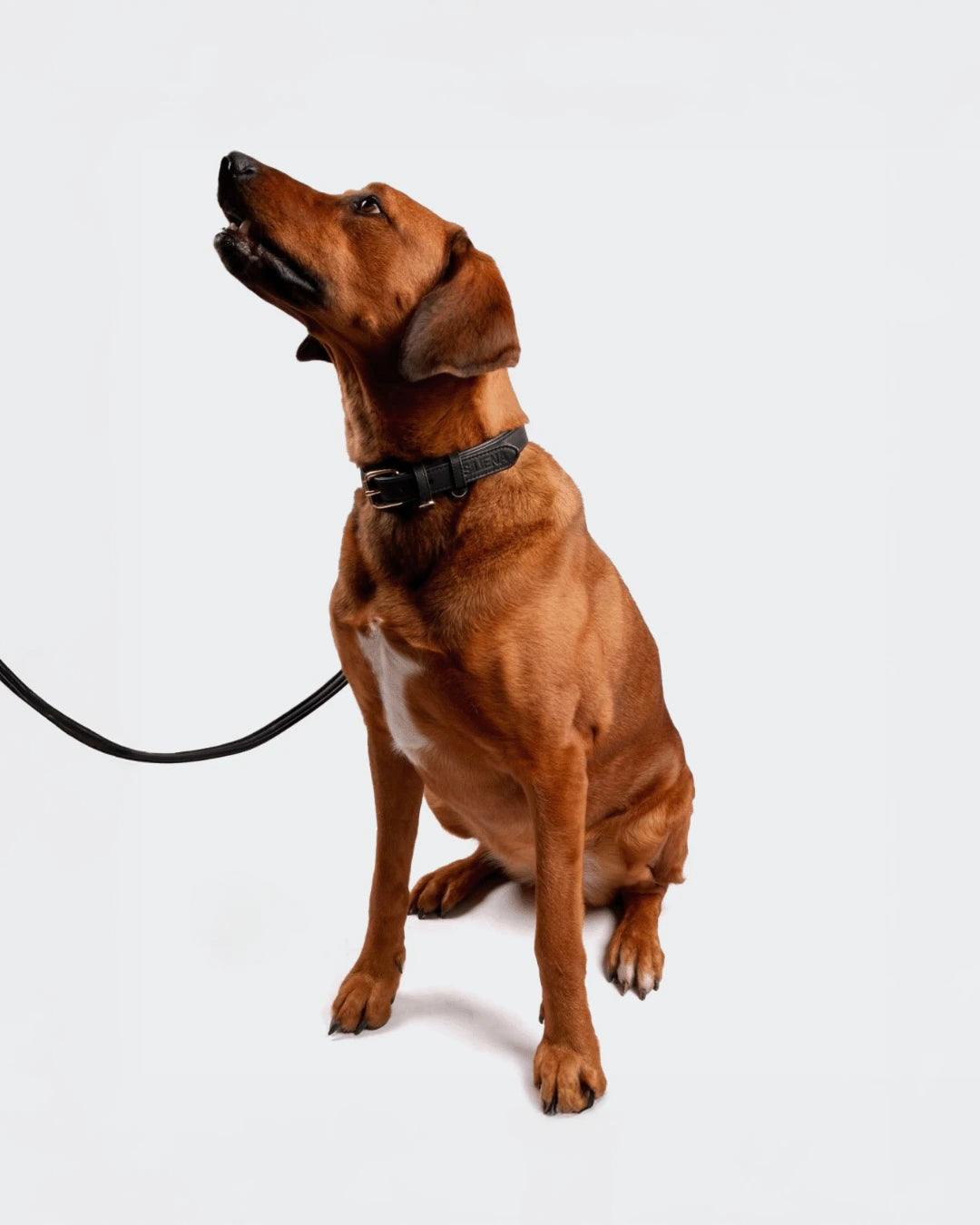
Leave a comment
This site is protected by hCaptcha and the hCaptcha Privacy Policy and Terms of Service apply.